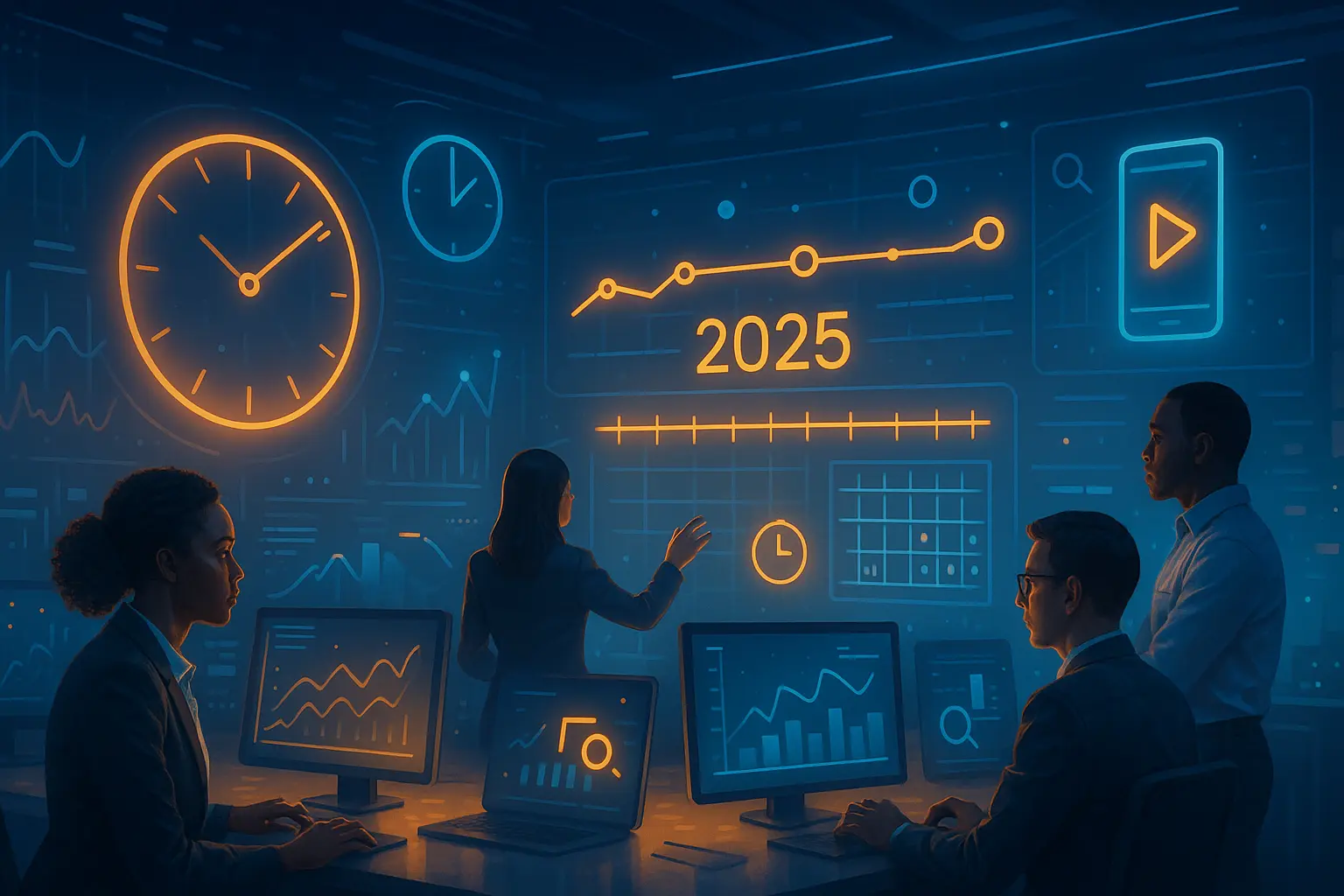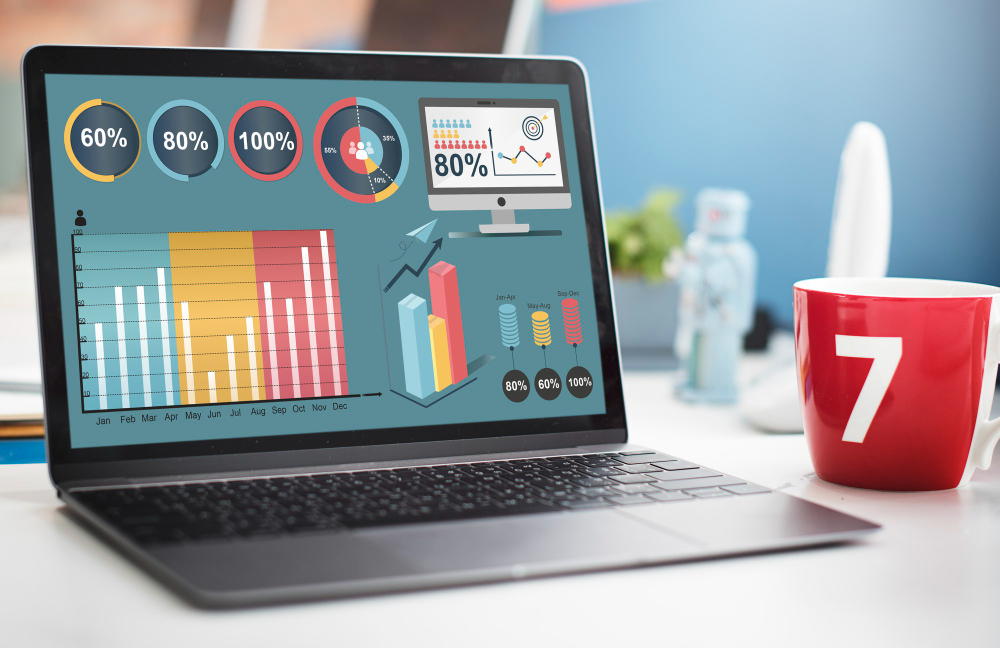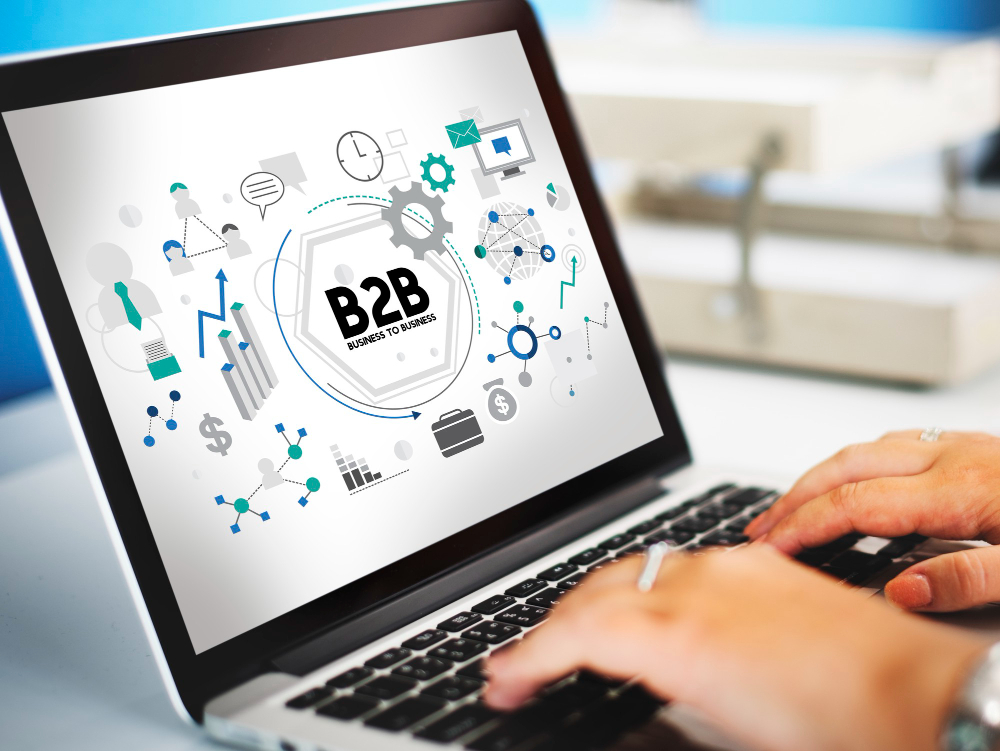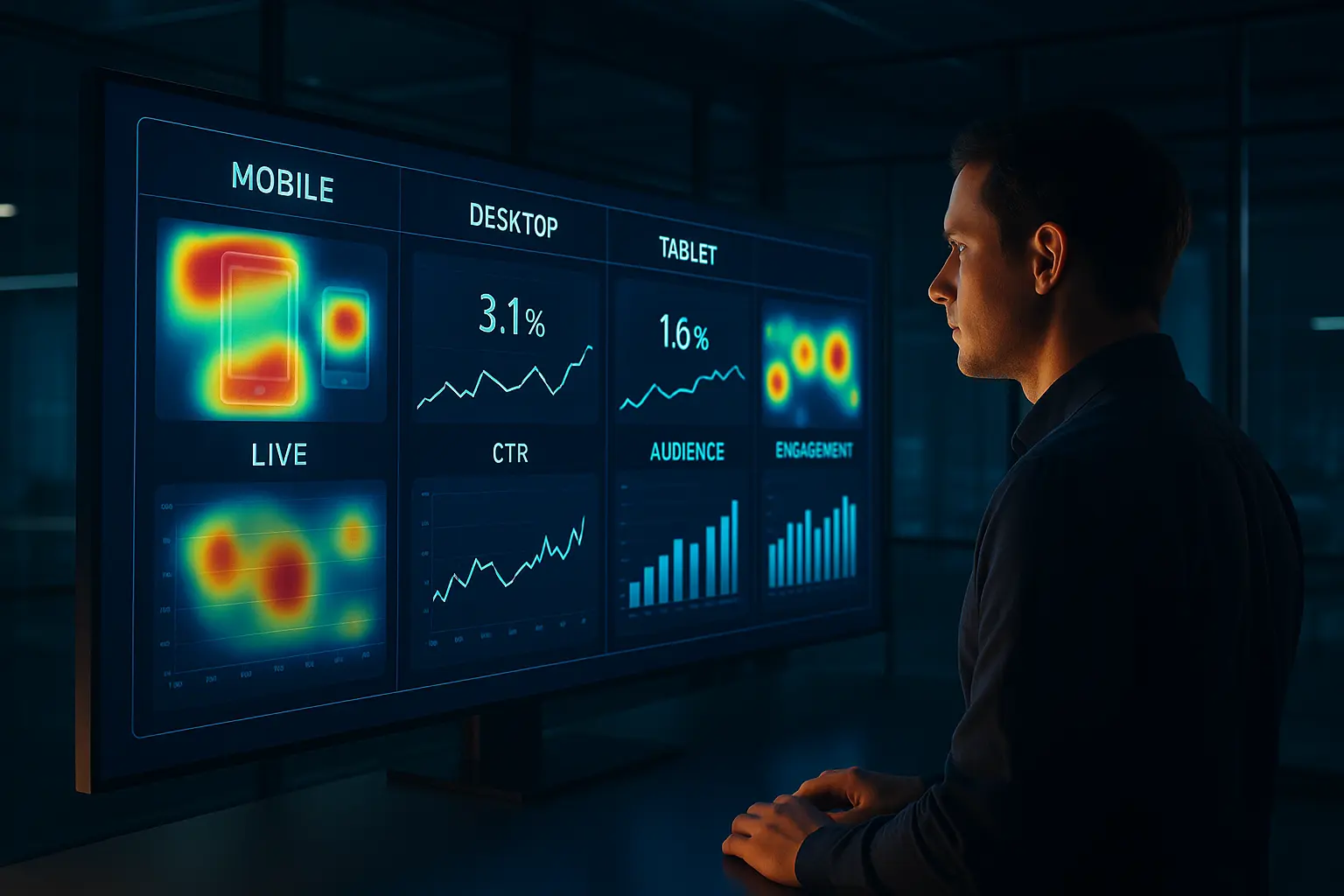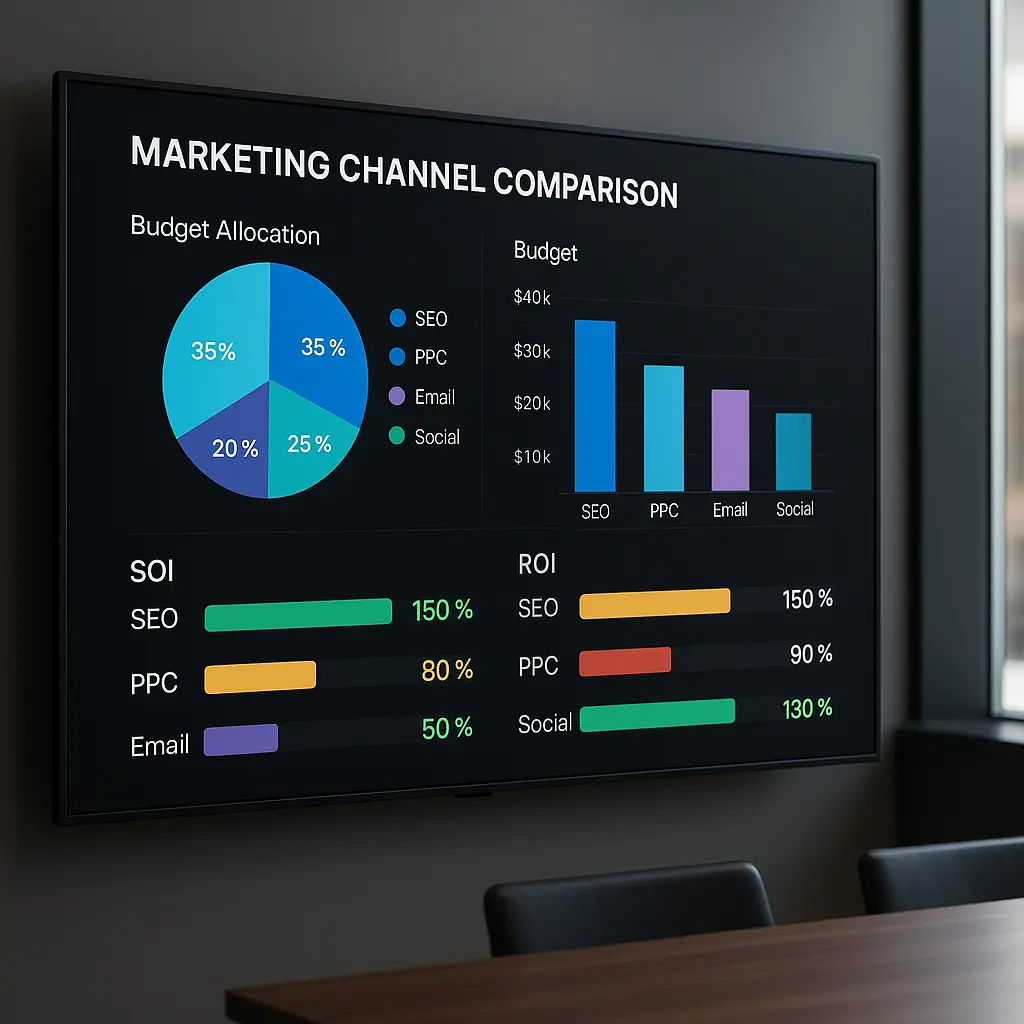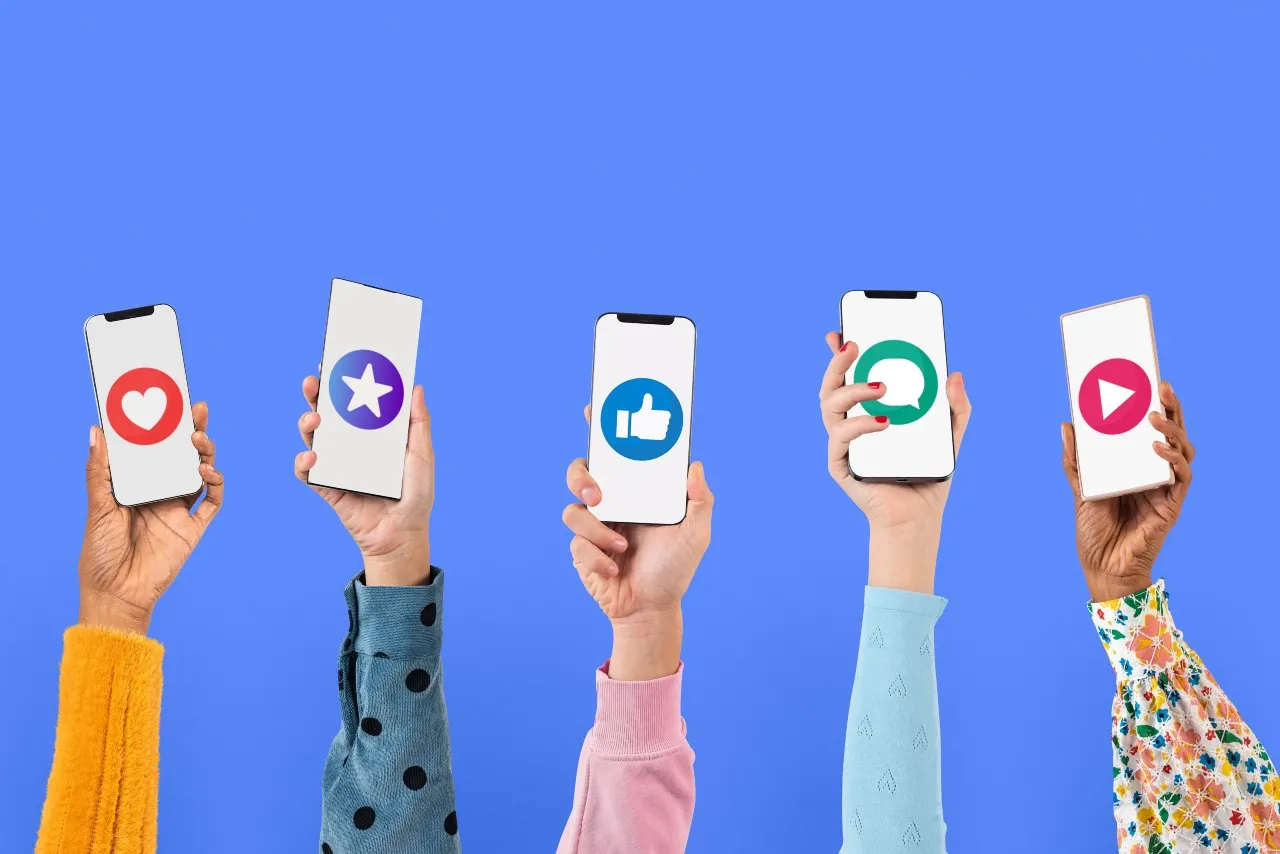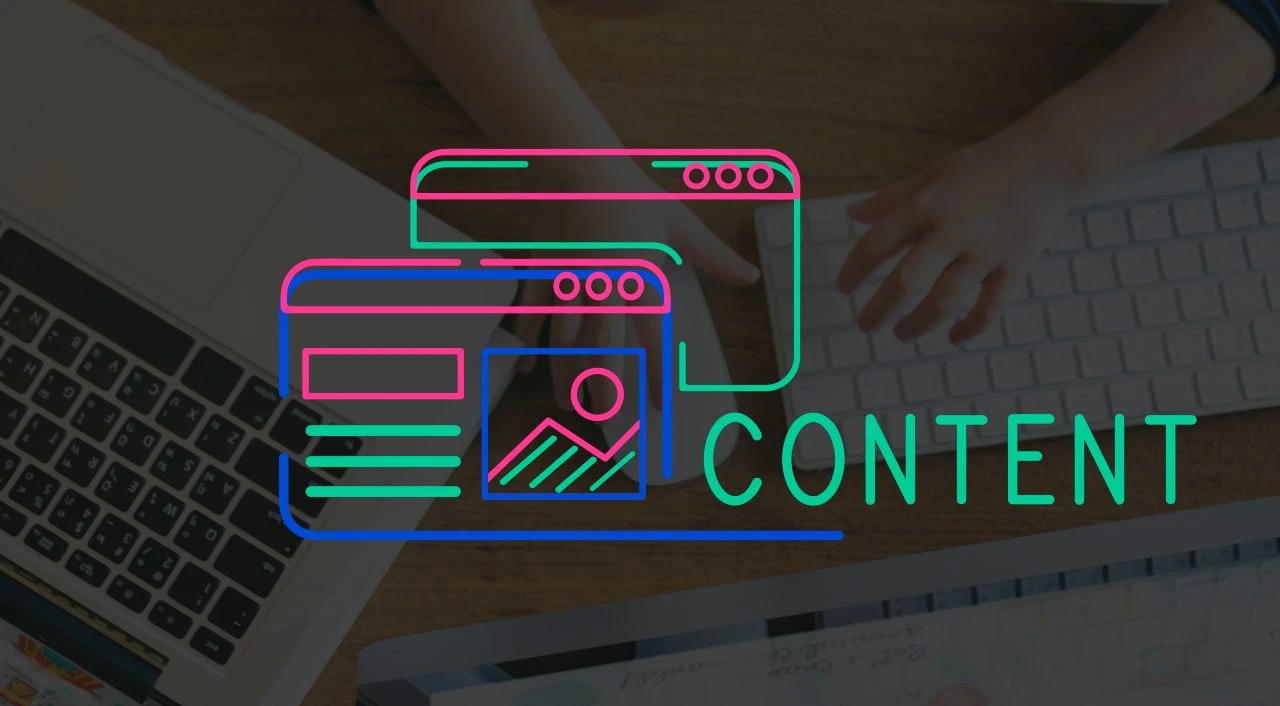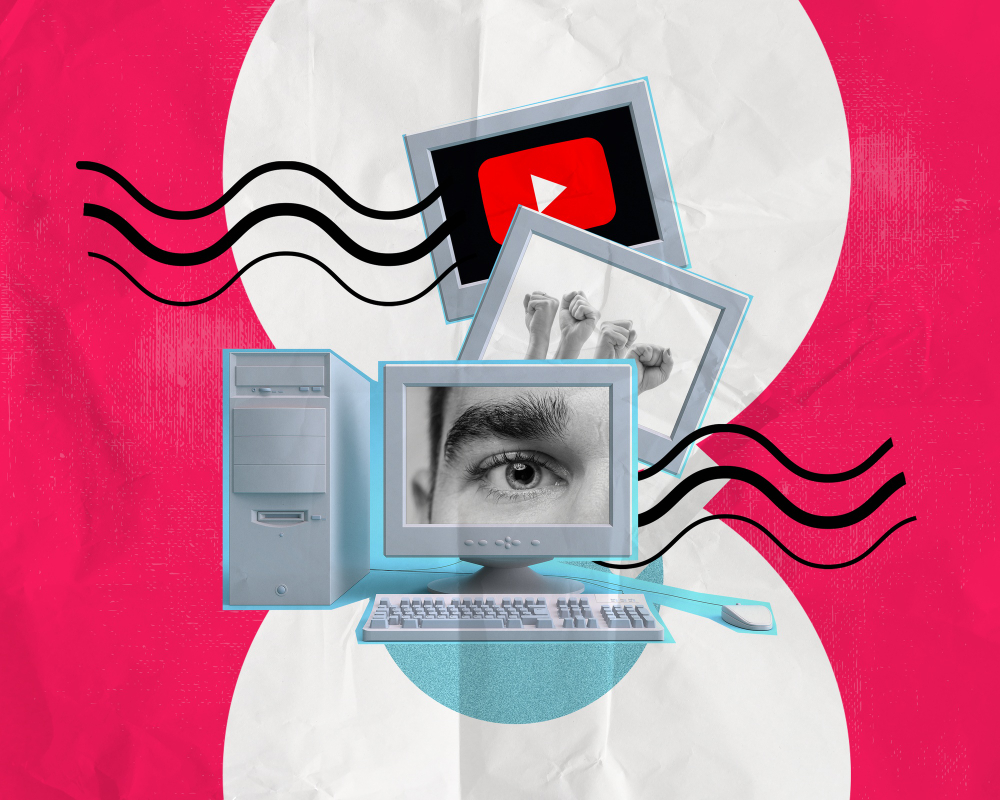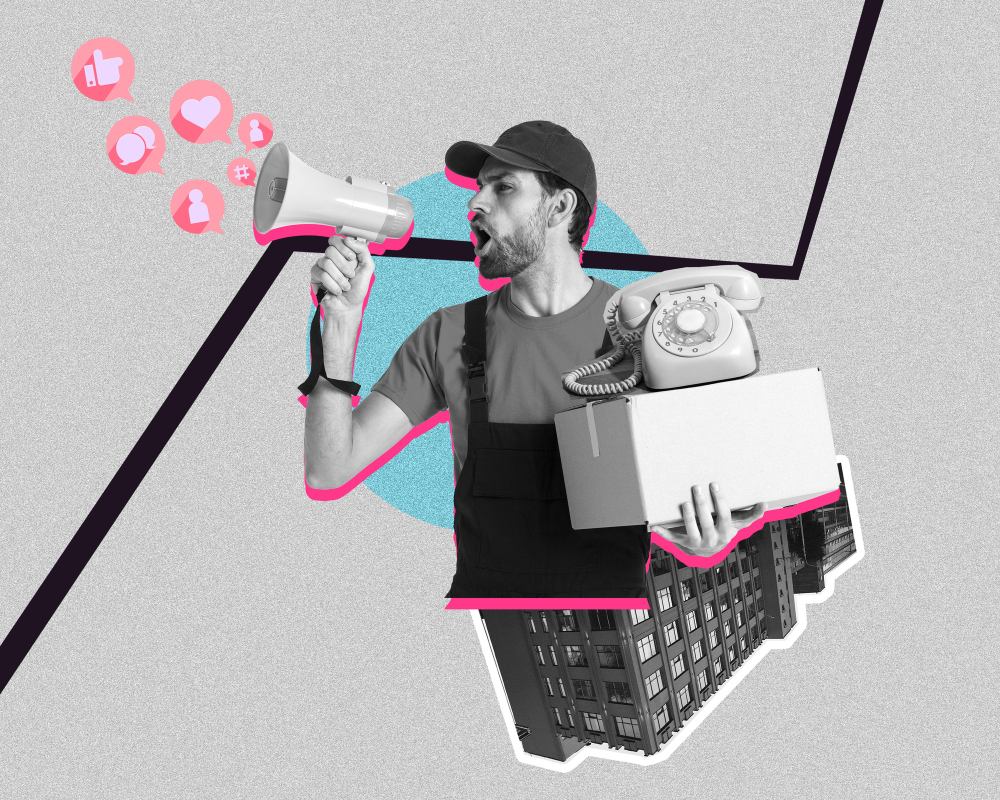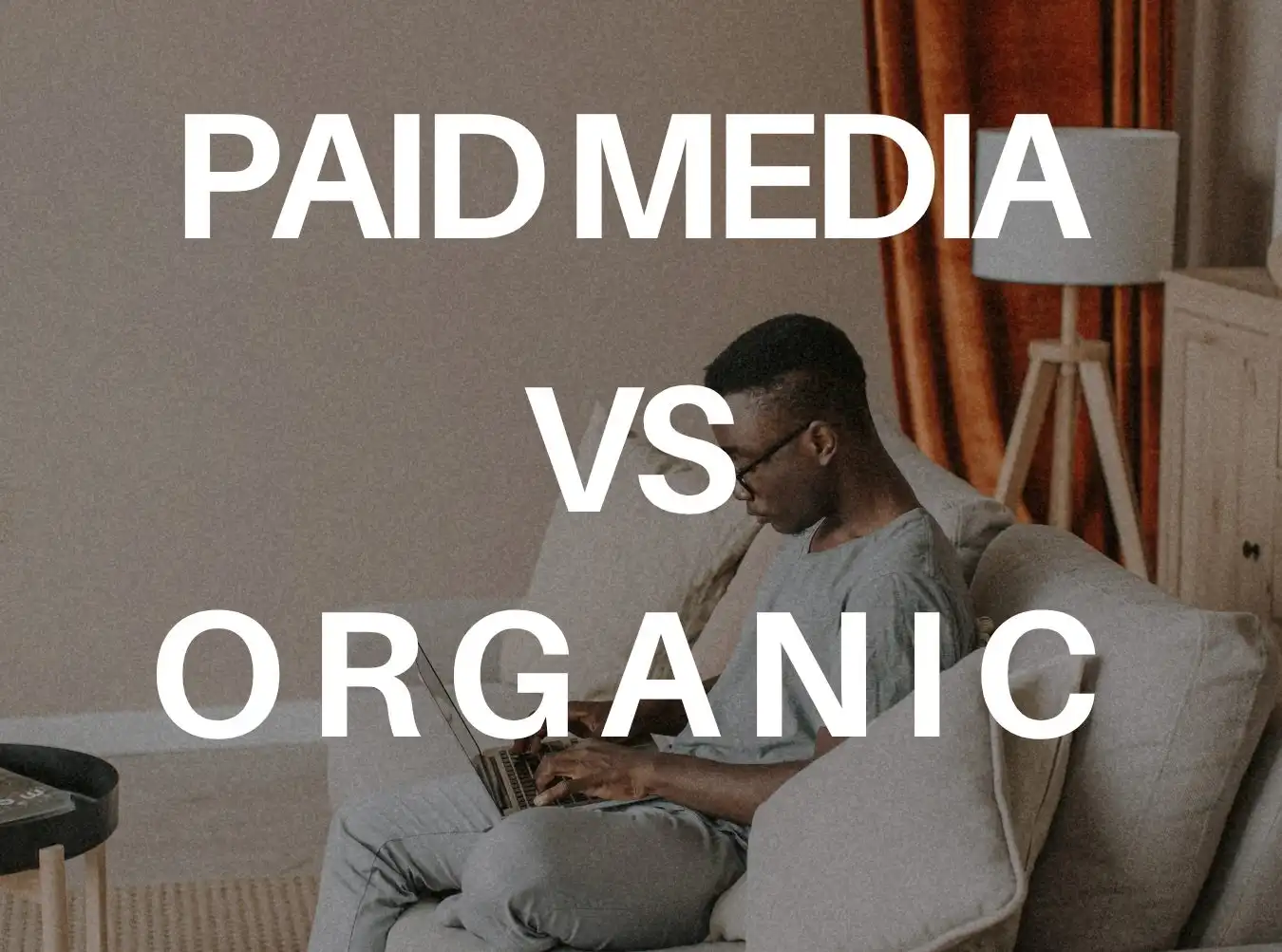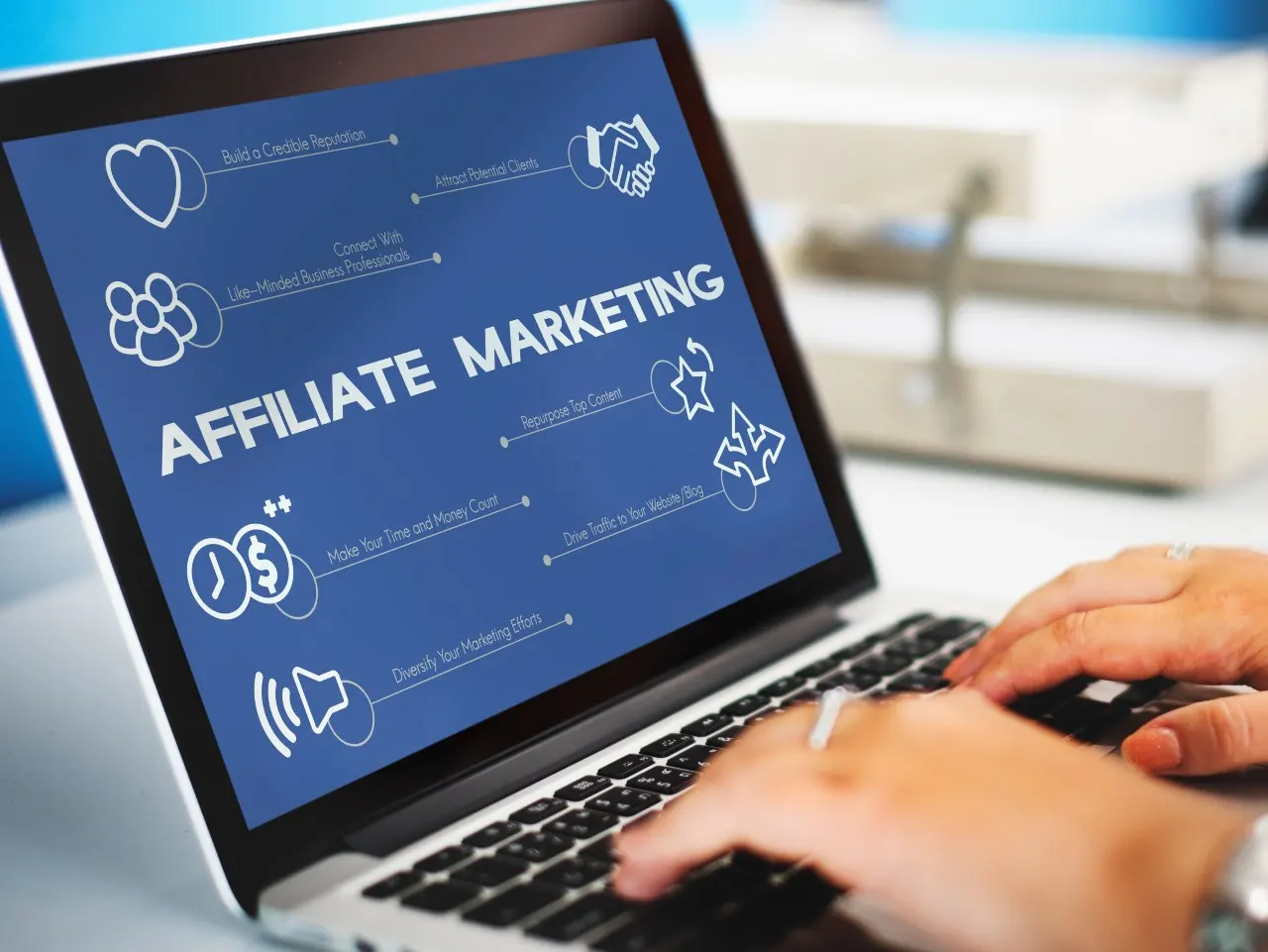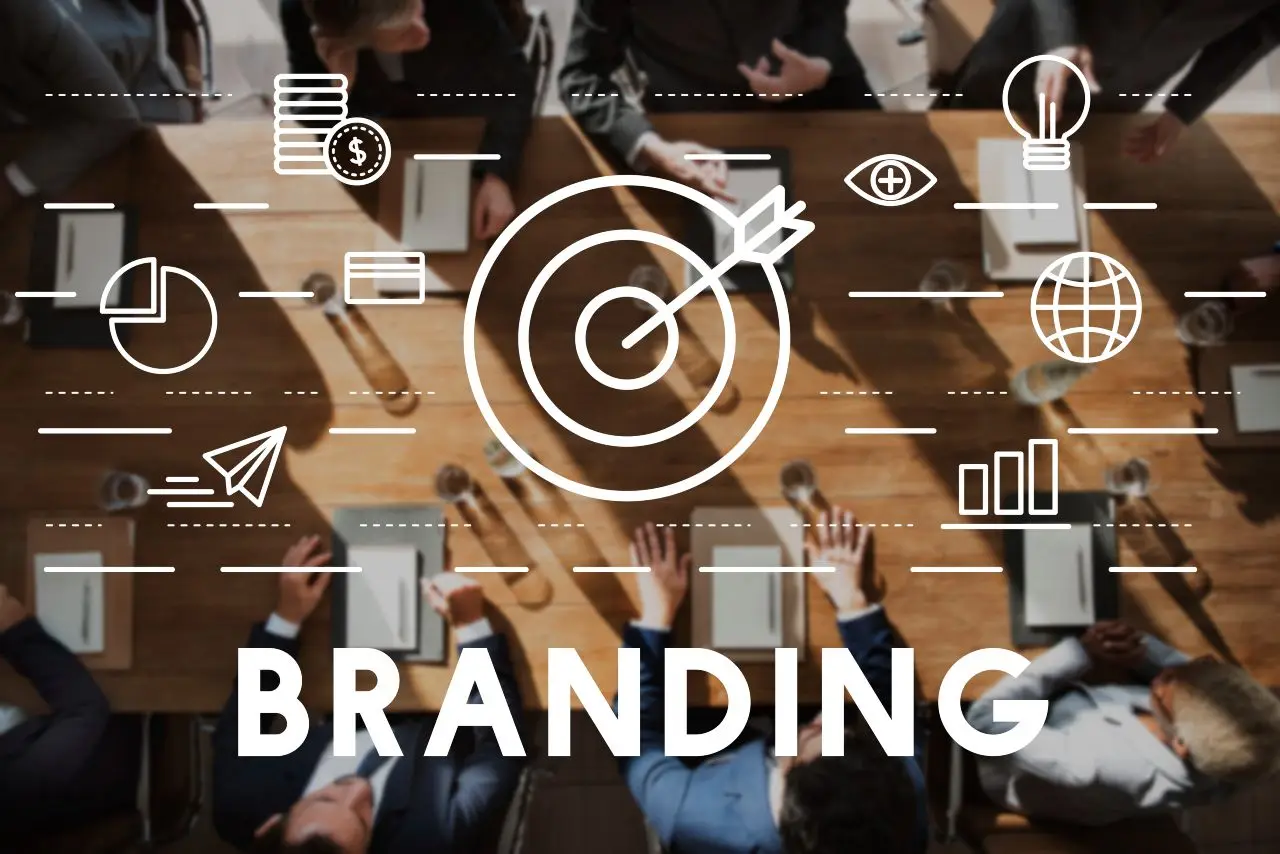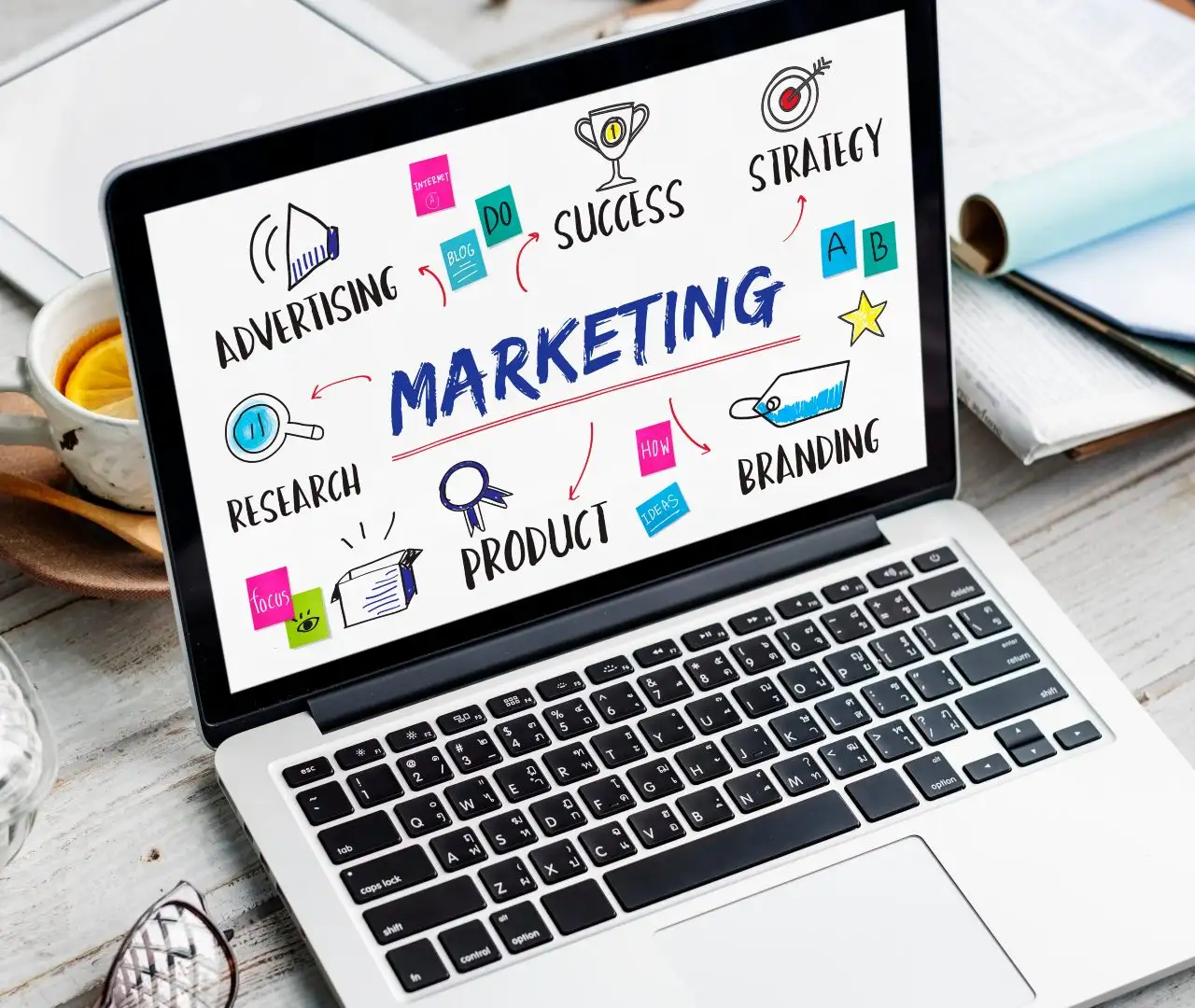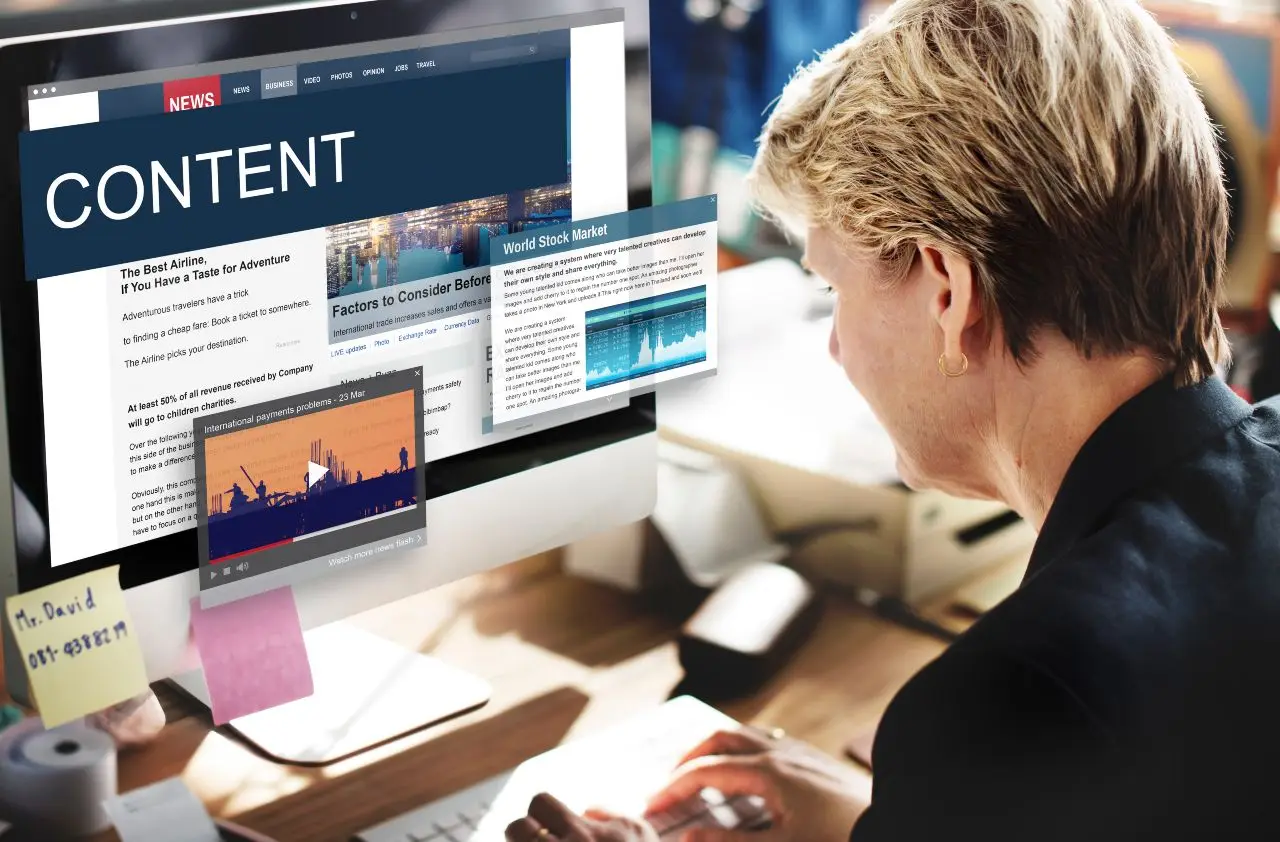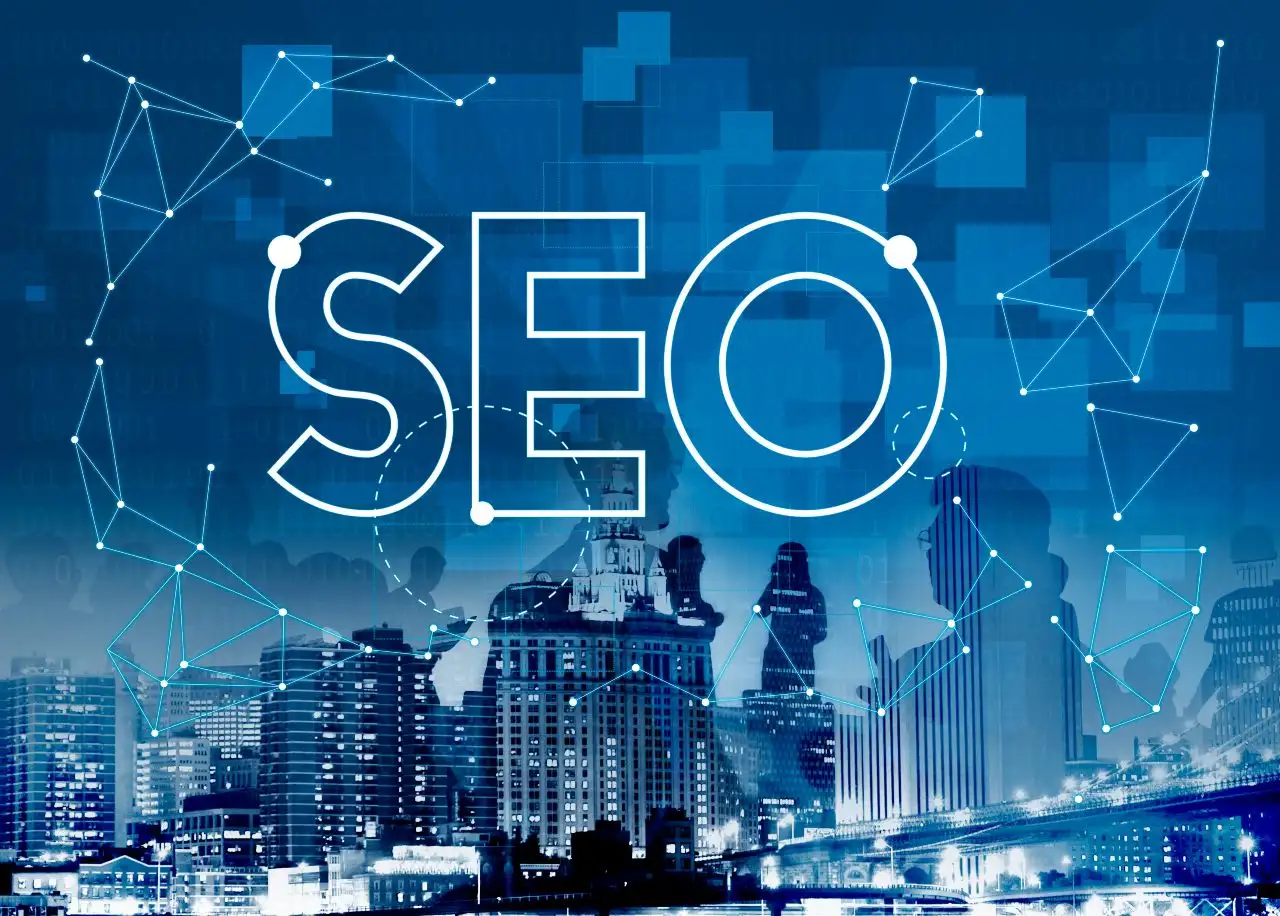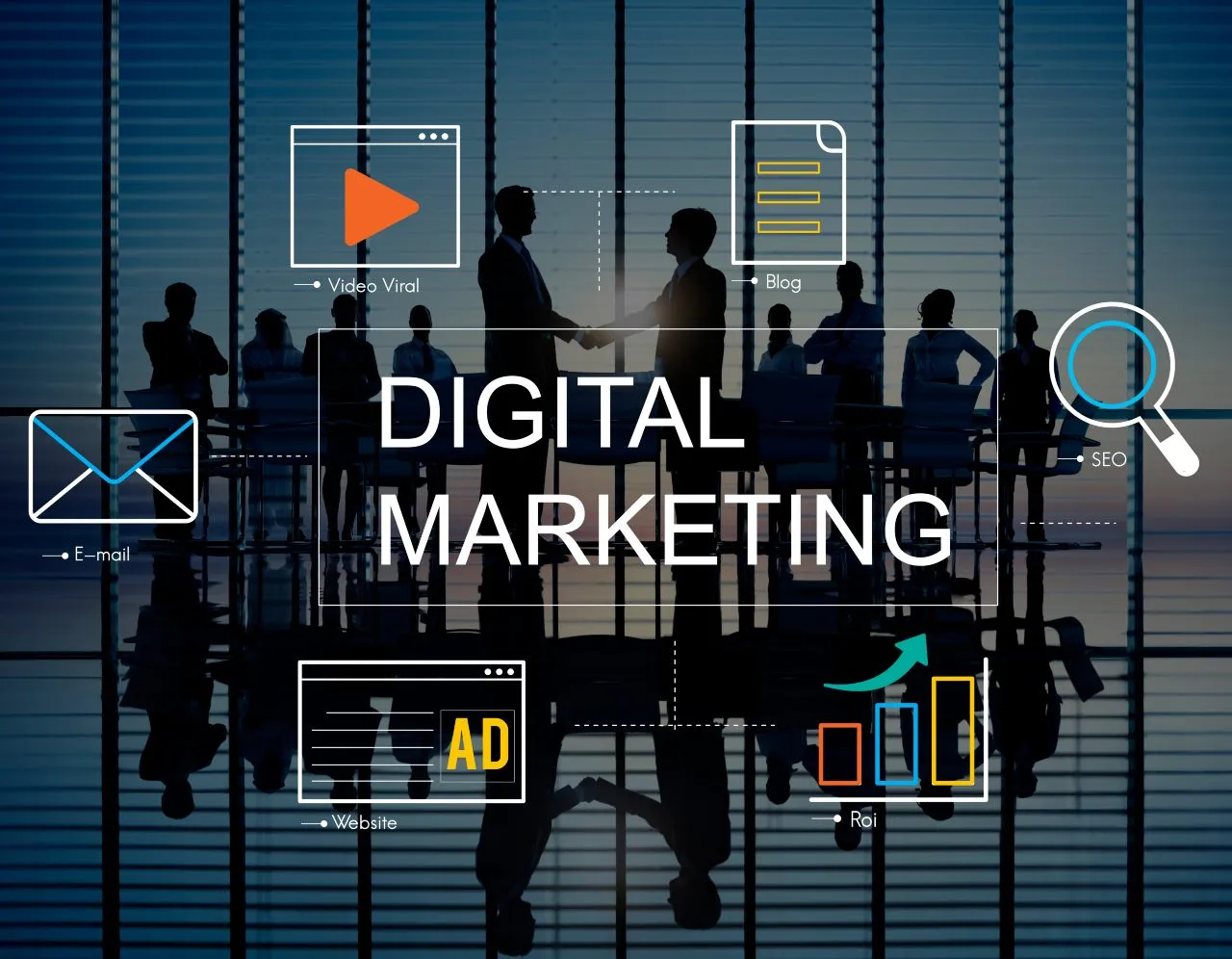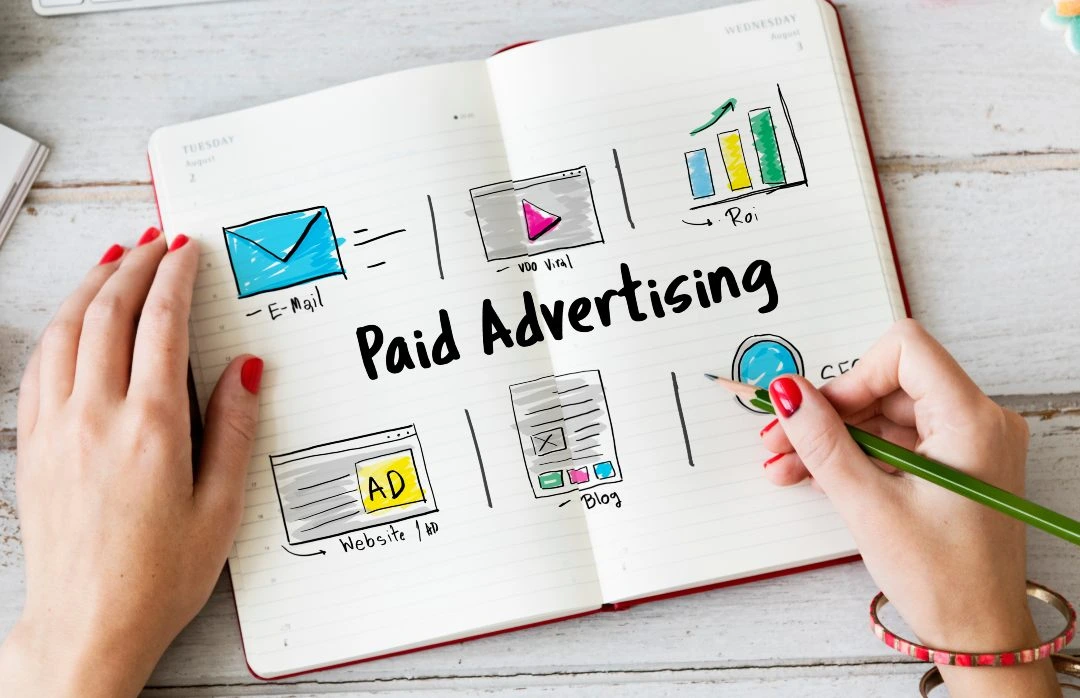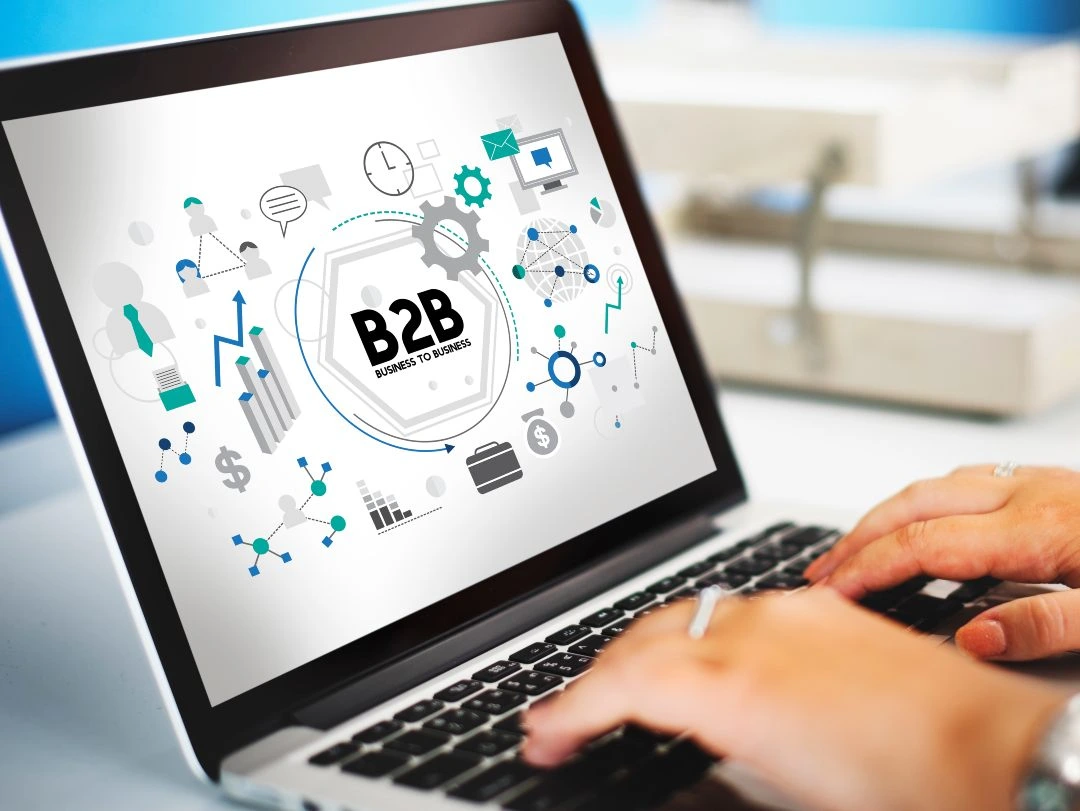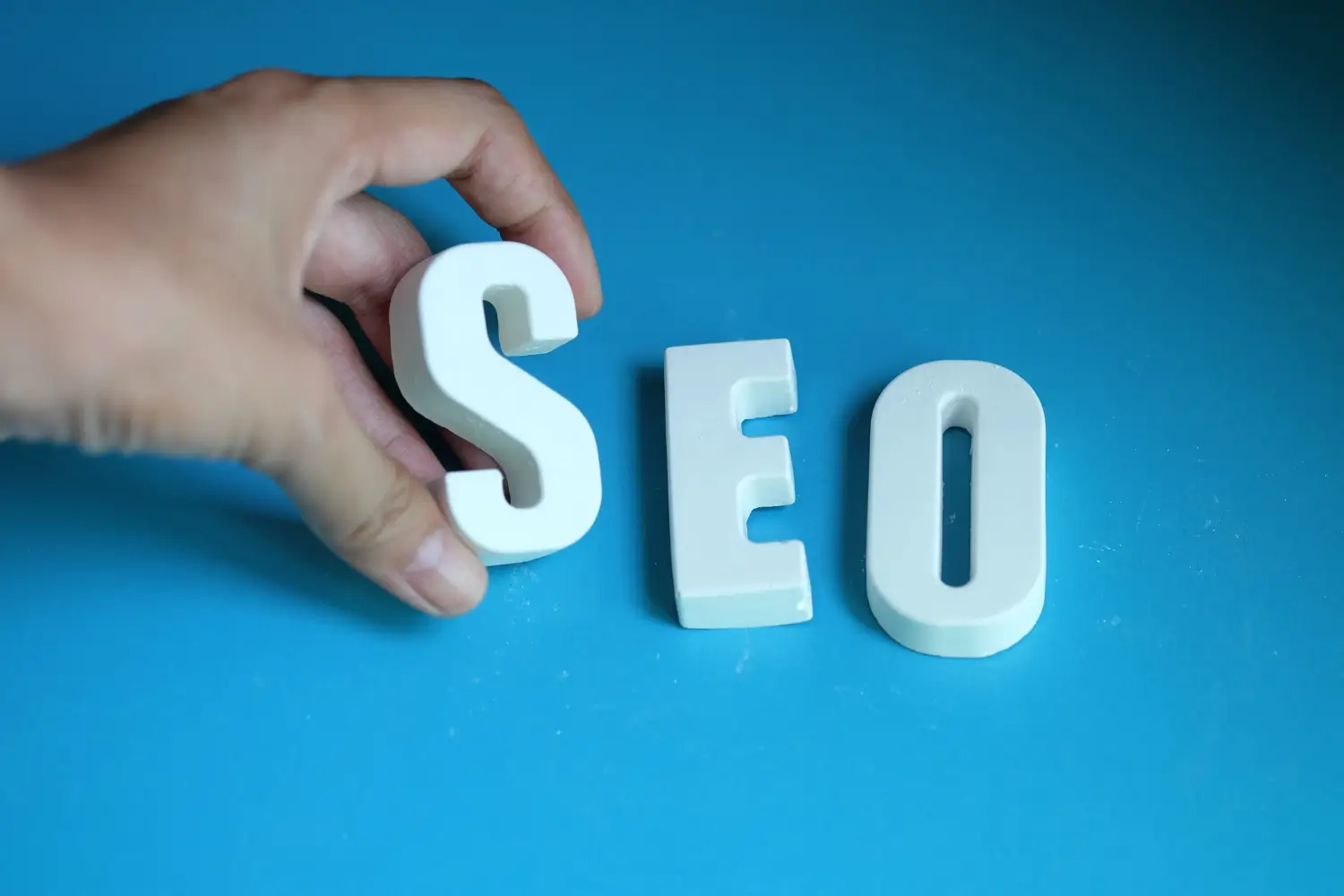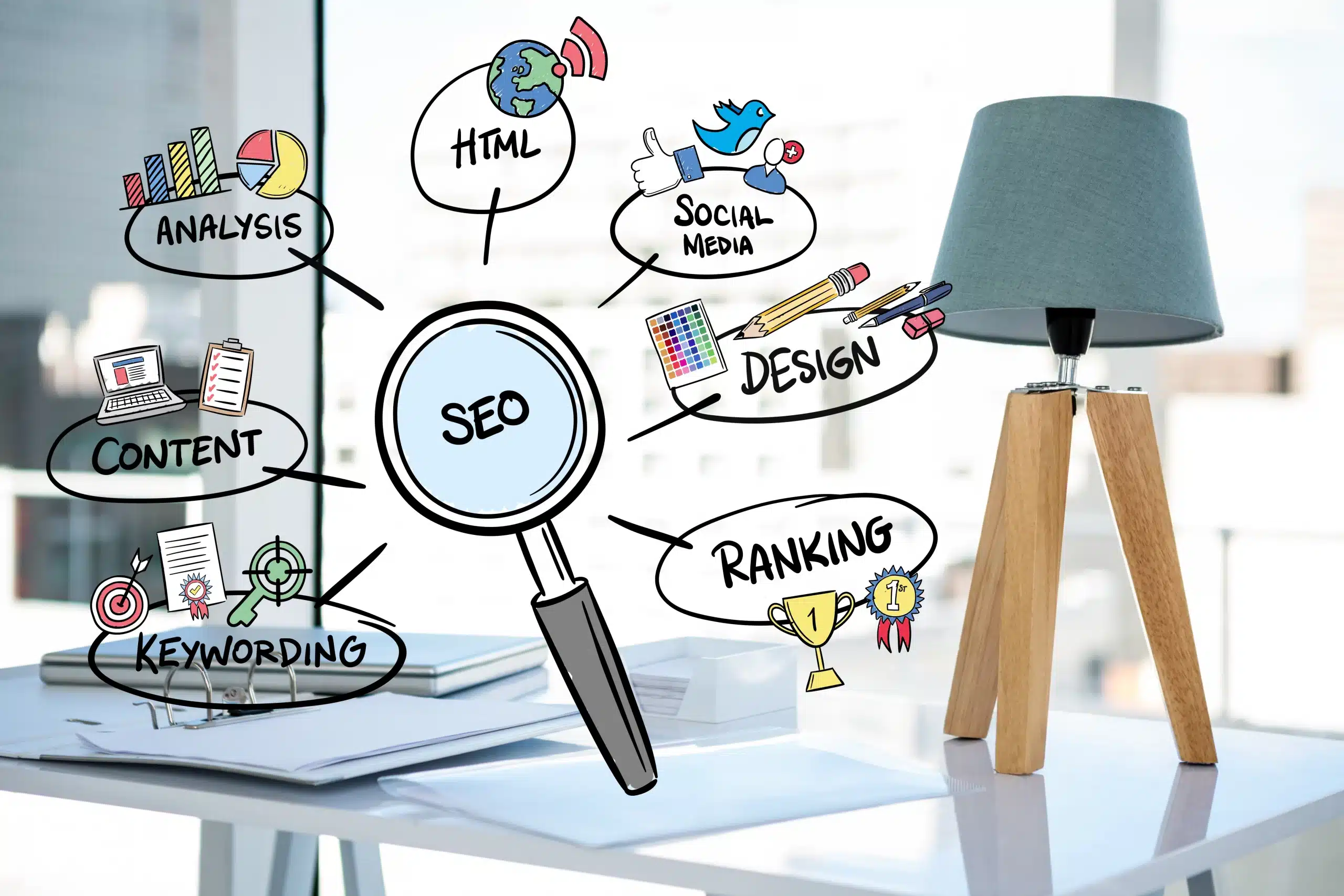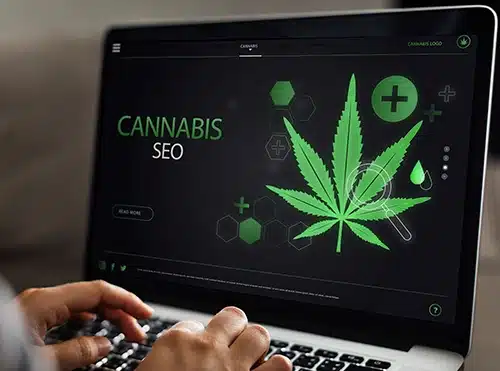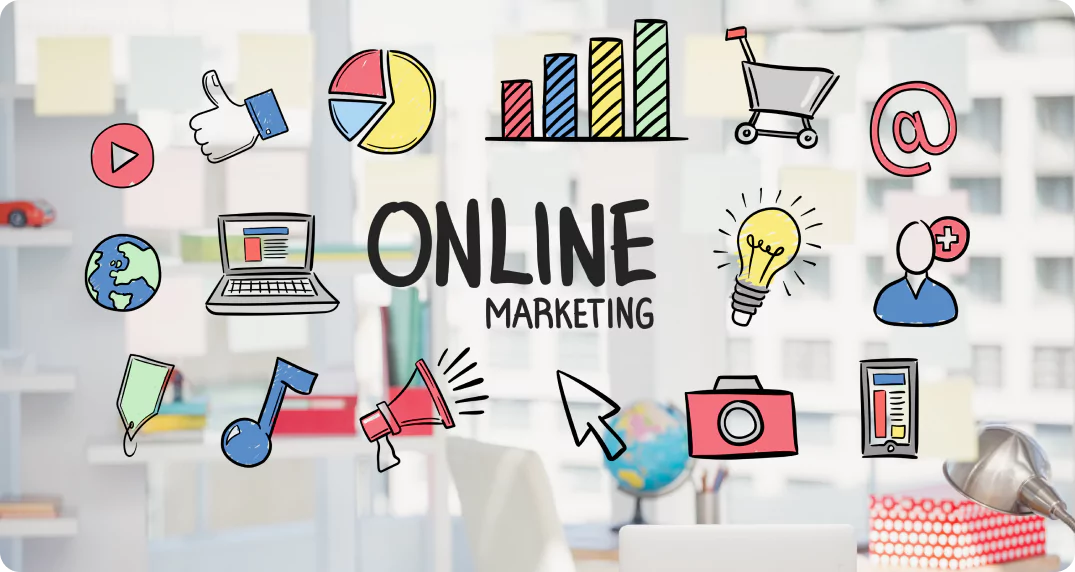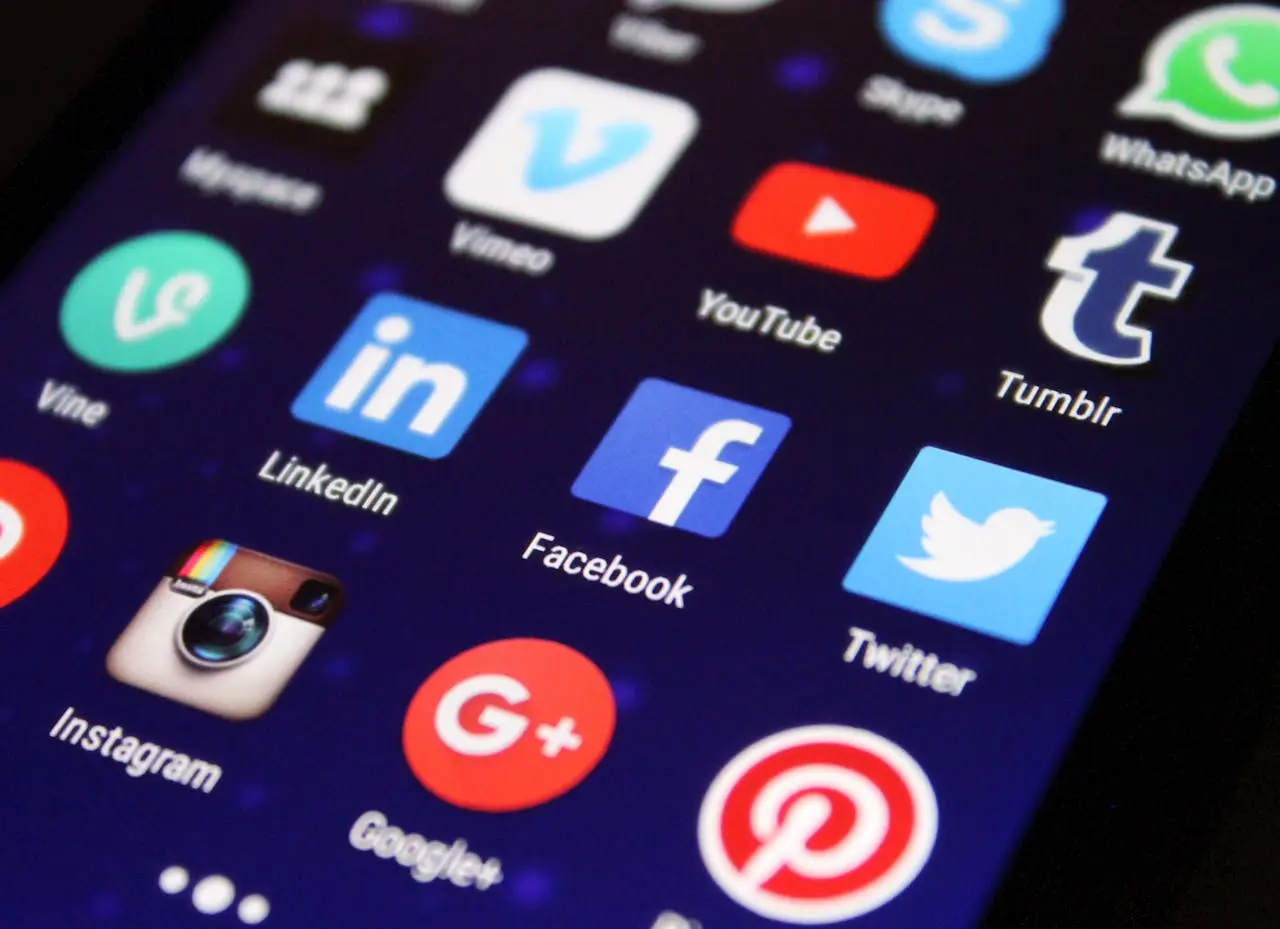What Budget Allocation Says About Internal Team Influence
Ever wonder how much “internal influence on marketing budgets” really matters? The way a B2B organization allocates resources speaks volumes about its priorities and strategic focus. From advertising to content creation to technology adoption, every budget decision reflects internal stakeholders’ assessment of what truly drives growth.
But how do these budget decisions translate into actual marketing outcomes? How much should be allocated to people, and how much to AI? And what impact do these choices have on critical metrics like brand awareness and ROI?
In this article, we’ll explore the impact of budget allocation on B2B marketing. By examining key statistics and trends, we’ll uncover how strategic investments in these areas can drive better results.
Why Top Ad Placement Is a Game-Changer for PPC Success
In the ever-competitive realm of search advertising, visibility is everything—but mere presence isn’t enough to guarantee results. Where your ads appear on the search results page can make or break your campaign, dictating not just traffic, but the quality of engagement as well. As brands jostle for attention, understanding the nuances of ad placement becomes a decisive factor in achieving PPC success.
- Ads appearing on the first page of Google search results have an average click-through rate (CTR) of 3.16%.
- The top three Google search ads capture a significant 95% of clicks on desktop devices.
- Nearly half (46%) of page clicks are directed towards the top three paid advertising spots.
- Despite the potential of PPC, a large percentage of online visitors tend to ignore ads, with 92% of PPC campaigns going unnoticed.
These numbers paint a clear picture: only the most prominent ads earn significant attention, while the vast majority are overlooked entirely. For marketers, this means that investing in premium positions isn’t just about increased clicks—it’s about making your brand visible in a landscape where digital real estate is fiercely contested. To break through user ad-blindness, sharp copywriting and ongoing optimization are essential for rising above the noise.
Pro Tip: Don’t just chase the top spot—maximize its value by A/B testing headlines, refining your targeting, and utilizing ad extensions to deliver more information at a glance. This approach ensures your PPC investment not only secures prime placement, but also drives real results. Additionally, for businesses looking to scale their marketing efforts across multiple channels and strategies, exploring full-service marketing options can provide the comprehensive support needed to achieve sustained growth and visibility.
How PPC Advertising Fuels Lasting Brand Recognition
While PPC campaigns are often celebrated for their measurable ROI and quick wins, their influence stretches well beyond the click. Strategic investment in paid ads plants the seeds of brand memory, priming audiences to recall and seek out your brand even after the initial exposure passes. As savvy marketers shift more focus toward holistic brand building, understanding PPC’s less visible benefits has never been more valuable.
- PPC ads can boost brand awareness by up to 46%.
- Consumers exposed to display ads are 155% more likely to search for brand-specific terms.
The data underscores that PPC is not merely a performance channel—it’s a potent brand awareness engine. When executed thoughtfully, PPC display ads do more than chase conversions; they nudge your brand to the top of mind and generate organic, brand-driven searches. Forward-thinking teams can maximize this advantage by weaving consistent branding and tailored messaging into their paid campaigns.
Pro Tip: Use your PPC campaigns as a launchpad for branded search growth. Test variations of branded keywords and creative, ensuring every impression—from discovery to conversion—reinforces your brand identity and keeps your name in the spotlight.
How Budget Choices Reflect Marketing Priorities in B2B
Budget distribution in B2B marketing isn’t just a matter of numbers—it’s a window into where organizations believe long-term growth and influence lie. As digital transformation accelerates, marketers are faced with tough choices about what to fund, from amplifying reach with paid ads to building credibility through content and investing in technology for smarter decisions. Examining how budgets are sliced reveals the shifting balance between brand-building, lead generation, and the adoption of new tools to stay competitive.
- B2B marketers allocate 19% of their budget to advertising initiatives. Source
- Content marketing receives 17% of the budget, highlighting its importance in engaging and nurturing leads. Source
- Tools and technology account for 16% of the budget, reflecting the need for sophisticated marketing platforms and analytics. Source
- People, including marketing staff, are allocated 12% of the budget. Source
- On average, B2B organizations spend 26% of their total marketing budget on content marketing. Source
- The most successful B2B content marketers dedicate 40% of their total marketing budget (excluding staff costs) to content marketing. Source In contrast, the least successful only allocate 14%. Source
Takeaway: The most influential marketing teams recognize that where the money goes, impact follows. Strong investment in content is a hallmark of high-performing B2B organizations—not just for nurturing leads but for establishing enduring authority and driving organic growth. Meanwhile, technology spend is nearly on par with advertising, signaling a calculated shift toward data-driven, automated marketing strategies.
Pro Tip: Audit your spending through the lens of business outcomes. If competitors are outpacing you in content or technology investment, reallocating even a modest percentage of your budget may pay dividends in audience engagement and measurable ROI. Experiment with shifting funds from lower-performing channels to high-impact tactics, like outsourcing SEO services or investing in automation tools, and revisit your allocations quarterly to stay in step with both customer behavior and industry standards.
Marketers Embrace Generative AI to Amplify Impact
As artificial intelligence moves from buzzword to business essential, marketing teams are discovering that generative AI isn’t simply about automation—it’s about amplification. Rather than replacing the creative spark, AI is becoming a collaborative partner, accelerating strategy, experimentation, and campaign execution. Those who harness AI’s strengths can seize opportunities for smarter segmentation, content adaptation, and rapid data analysis.
- 81% of marketers who utilize generative AI believe that it enhances their roles. HubSpot
Behind this high adoption rate is a new marketing landscape where AI streamlines manual workflows and uncovers insights that would take humans hours to surface. The strongest impact? Marketers can devote more attention to brand differentiation, campaign creativity, and growth-driving innovation, knowing routine work is handled reliably in the background.
Pro Tip: Start with targeted AI tools that address your team’s biggest bottlenecks—whether that’s content generation, customer segmentation, or campaign reporting. By layering AI strategically, you’ll empower your team to move faster, act smarter, and amplify their impact at every point in the funnel.
Conclusion
The data presented throughout this article sheds light on the pivotal factors shaping modern marketing strategies, from PPC performance to budget priorities and the growing role of AI. Strategic PPC placement holds significant sway over click-through rates and brand awareness, emphasizing the importance of visibility and engagement in ad campaigns. Meanwhile, B2B organizations demonstrate a clear prioritization of advertising and content marketing in their budgets, reflecting the undeniable value of these investments in driving lead generation and customer loyalty. Finally, the emergence of AI as a transformative tool highlights its potential to streamline operations, personalize experiences, and elevate marketing efficiency.
As these trends evolve, marketers must stay proactive, balancing data-driven decisions with creative innovation. The stakes are higher than ever, but so are the opportunities. Whether it’s optimizing PPC strategies, fine-tuning budget allocations, or integrating AI-powered solutions, the key lies in continuously adapting to the dynamic digital landscape.
Ready to boost your traffic and grow your website? Your customers are looking for you, and our SEO services can help you be found across search engines. Let’s take your marketing efforts to the next level!
















